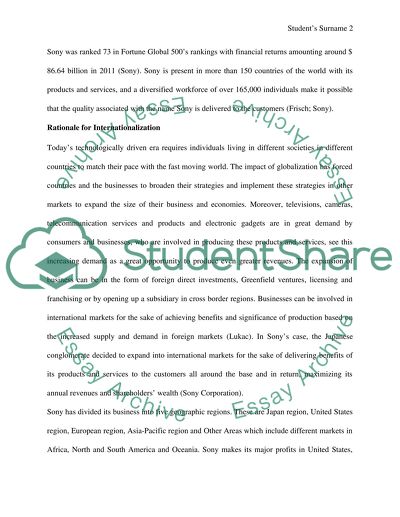Cite this document
(“Contemporary And International Marketing Essay Example | Topics and Well Written Essays - 2750 words”, n.d.)
Retrieved from https://studentshare.org/marketing/1396155-contemporary-and-international-marketing
Retrieved from https://studentshare.org/marketing/1396155-contemporary-and-international-marketing
(Contemporary And International Marketing Essay Example | Topics and Well Written Essays - 2750 Words)
https://studentshare.org/marketing/1396155-contemporary-and-international-marketing.
https://studentshare.org/marketing/1396155-contemporary-and-international-marketing.
“Contemporary And International Marketing Essay Example | Topics and Well Written Essays - 2750 Words”, n.d. https://studentshare.org/marketing/1396155-contemporary-and-international-marketing.


